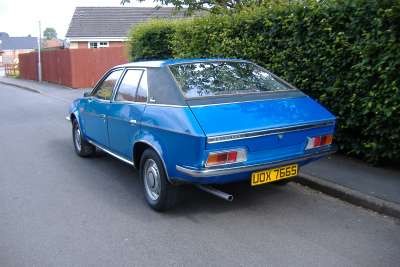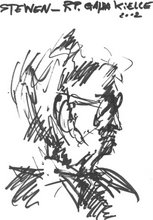Although the name remains confusing, a Polish Espresso with milk - a standard coffee from the espresso machine, as served in many restaurants and cafes, can match (and often beat) an equivalent coffee from anywhere.
Although I appreciate that few Italians would approve, I do think that the coffee from Trattoria Pepe Verde beats everything.
 |
| From 2011 10 |
It is Grannel coffee, which I have never heard of before.

As I am sure you can guess, it is in Poland at ul Lączności 1B in Łazy (pron. Wazy), on the border with and Magdalenka. Łazy lies on the Krakow/Warsaw road, some way before Janki and well after Grójec when coming into Warsaw.

It is a comfortable, attractive restaurant and the service by very friendly, helpful waitresses is astounding, at least for my cups of coffee.

I used to sit outside when the weather was suitable for tables on the terrace, but now stand Italian cafe style, at least as my Italian colleague used to describe it. The girls used to bring me a chair, but I actually prefer to stand and look around.

It is very convenient for me as Misia's school is just round the corner. I can just go out a bit early and have a relaxing refreshment break. On both this next and the last picture, Misia's class were cleaning up the graves of Polish resistance fighters and others executed by Germans in the forest nearby: it was just before All Saints' Day. Misia has a green jacket and a Union Jack hat.

Despite being a regular visitor I haven't yet eaten there, which will be reserved for an occasion for all the family or when no one else is at or due home, so Misia and I can eat together. However, from a quick look at the menu and a more detailed study of the board outside, it's the place to go for people who think that pizza is an overly complicated form of cheese on toast and that pasta is the Italian equivalent of potatoes.

The daily specials start on Monday with cream sauce, asparagus, cocktail tomatoes and parma ham; Tuesday has pork cutlet with mozzarella and tomato; and so on. They do have pizza, of course, as it wouldn't be an Italian restaurant without one ... unless it was in Italy. Misia likes pizza, so last time we were in Italy we left one restaurant that didn't serve it. The next had different entrances and different menus to separate the part that served pizza and the main restaurant, although the dining area was completely open.
I also remember being invited to a 'real' Italian restaurant near Victoria station in London. They also didn't serve pizza, but beef was instead heavy on the agenda. Would you expect that from an Italian restaurant? Well, there was an item on Polish teletext not long ago saying that Italians eat too much red meat. Not that I would expect such an emphasis from a Polish Italian restaurant.
On the other hand, I also used to know a restaurant in Camden run by an Italian called Luciano, who employed many Polish waitresses. The food was little more than English roadside cafe fare, but with prices to suit rock stars: Bob Dylan, Led Zeppelin members, etc. It was also the type of place where complaining about the food could successfully get it replaced with something freshly cooked, together with a secretly added salival bonus from an ill-tempered Italian cook. Still, that's someone else's story.
I think everyone in Trattoria Pepe Verde is Polish. They do seem to care.
It means 'green pepper', as in salt and pepper, if you weren't sure. "Dried green peppercorns are treated in a way that retains the green colour, such as treatment with sulphur dioxide, canning or freeze-drying." They are otherwise the same as black pepper. I just thought I'd check.


















































